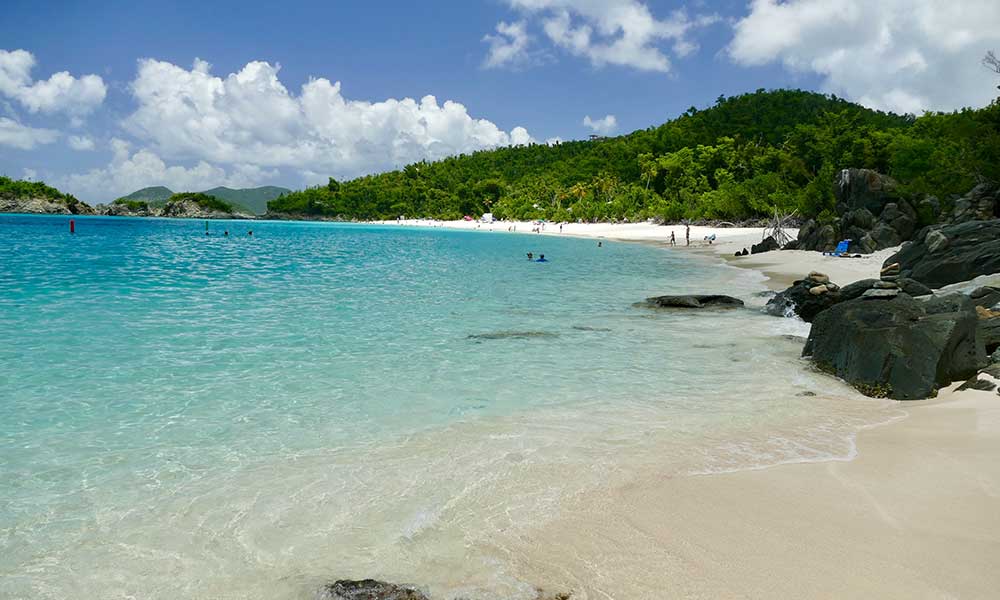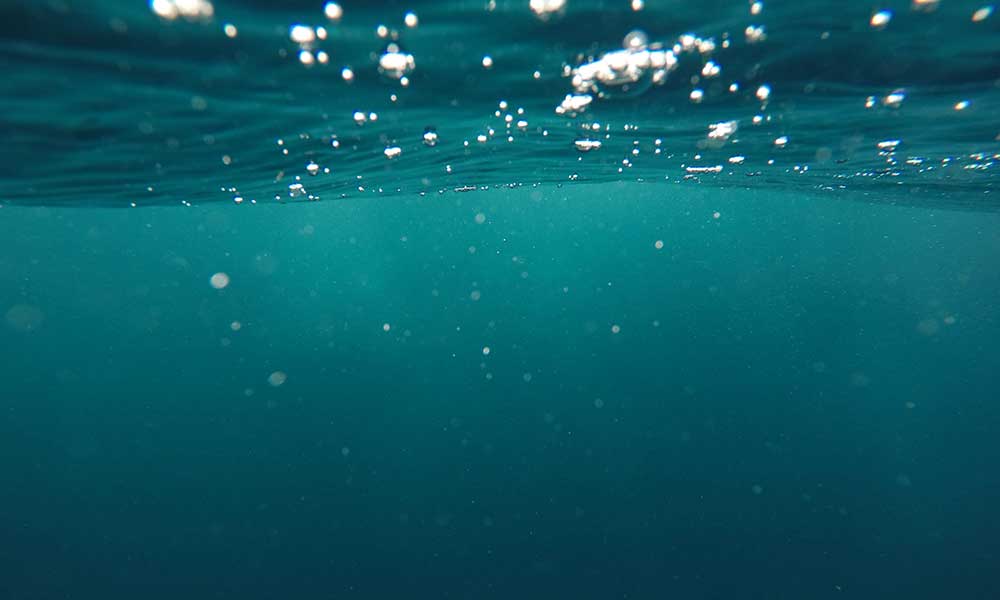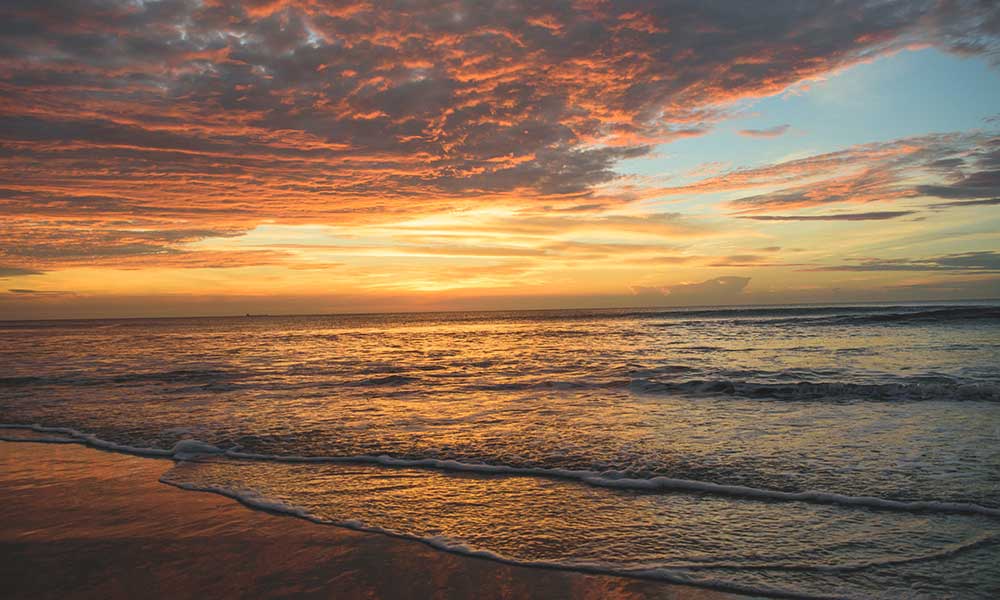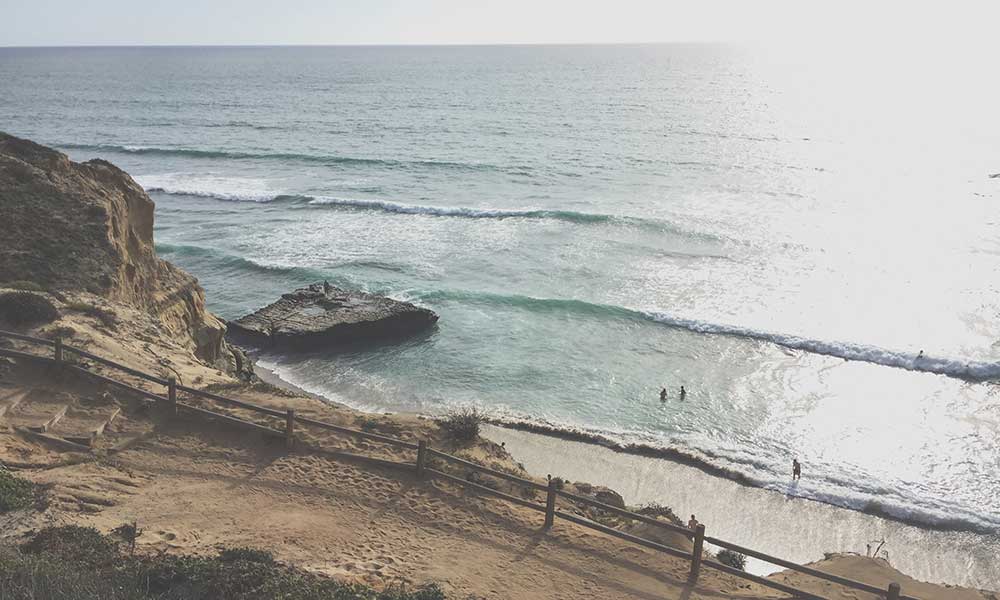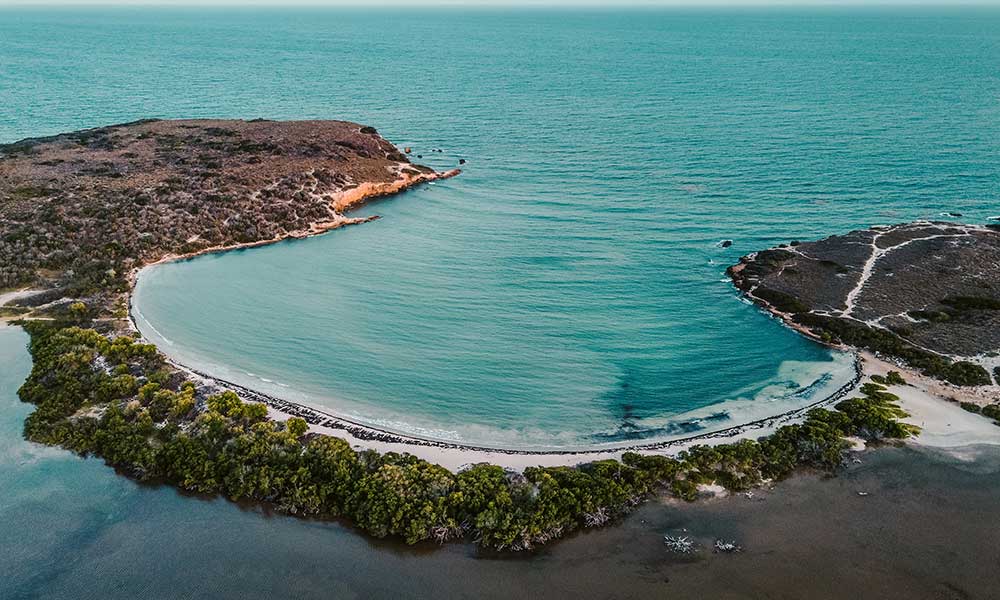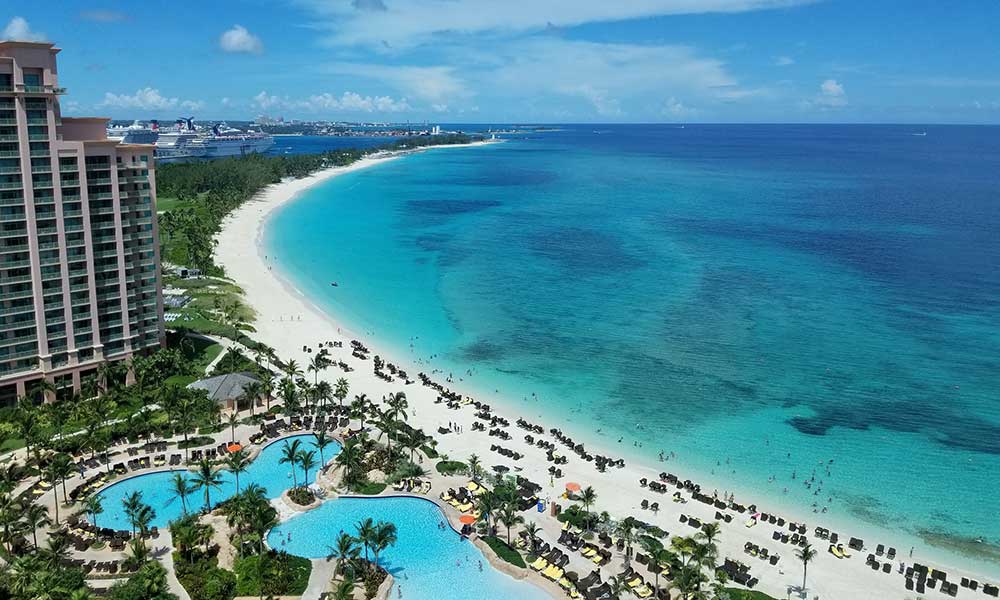If gliding above rainbow-colored coral reefs while snorkeling among graceful turtles and schools of Blue Tang in warm turquoise seas catches your fancy, then a snorkeling holiday in the Virgin Islands might be the right getaway for you.
Both the British and U.S. Virgin Islands are home to some of the top snorkeling spots in the Caribbean. The diversity of the snorkeling sites available is wide. One may snorkel in the corral-rich waters of Cinnamon Bay or above the HMS Rhone wreck in the deeper waters of Rhone National Marine Park.
If you have never experienced an island vacation, or a snorkeling vacation, we have some valuable insight to assist you when planning your trip to this region. We will point out some of the best spots and some of the do’s and don’ts to look out for when you go snorkeling in the Virgin Islands.
Top Snorkeling Beaches In The U.S. Virgin Islands (USVI)
The USVI archipelago consists of the main islands of Saint Croix, Saint John, and Saint Thomas. It also has 50 minor islets and cays. All three of these main islands have good snorkeling sites.
Keep in mind that the USVI has banned the use of sunscreens that contain oxybenzone and octinoxate, which bleach and kill coral reefs and thus are harmful to marine life. The only sunscreen allowed is a mineral sunscreen.
Although there are many snorkel rental centers available on the islands, but for hygiene reasons, it may be wise to bring your own, for extra security and peace of mind.
Flying Into St Thomas
St. Thomas is the easiest and quickest to reach from the USA mainland. Non-stop and connecting flights from the USA mainland to St. Thomas are available. Most flights include a 30min flight connecting from San Juan or Puerto Rico to Cyril E. King Airport on St. Thomas.
Coki Beach On The Northeast Shore
Coki Beach, located next to Coral World Ocean Park on the northeast shore of St. Thomas Island, can be reached via a taxi or rental car from Charlotte Amalie, the capital. The beach grants free entry. Get to the beach in the early morning, before 8.30 am if possible because it can get very crowded.
This beach has many amenities to ensure a comfortable experience. Coki Beach offers a dive center that rents out snorkeling gear and offers scuba courses. There are also many vendors offering food, drink, umbrellas, and beach chairs.
The sea is usually calm and clear, with a white sandy bottom, is abundant with marine life. Here, it is possible to stand in chest-deep water and feed an array of reef fish. To view the rich marine life, one needs to swim further away from the sandy bed to the coral reef.
From the scuba and snorkel rental center, swim out east until you find the old intake pipes, known locally as Peter’s Pipes which provide a home for many sea creatures and a landmark up to Coral World Undersea Observation Tower. On the way, you will be swimming over Sea Cucumbers and coral reefs sprinkled with tiny Bluebell Tunicates.
In around 10ft(3m) of water, look out for the Moon Jellyfish, easily identifiable by the 4-petal design in their center. Look out for crab traps on the sandy bottom, forming an artificial reef, making it a fabulous home for juvenile reef fish.
You may also see schools of Horse Eye Jack and Tarpon. The Spotted Mori Eel and Green Sea Turtle are some of the other creatures to look out for in this area.
Snorkel Booze Hunt At Bolongo Bay
Bolongo Bay Beach Resort is family-owned and features 1000ft of private beach. It is 6.4km away from Charlotte Amalie and 11.4km east of Cyril E King Airport.
Every Thursday, for 40 years now, the resort staff have been throwing bottles of rum into the bay for guests to find using only snorkel, goggles, and flippers. Bottles of Cruzan Rum, enough for half the number of guests who snorkel, are placed on the ocean floor in the bay.
You get to keep the bottle you find. The catch is that you can only hold one bottle. You must throw the second one back into the sea if you see two.
St John By Boat
St John is the smaller of the three main islands. St. John hasn’t got an airport, so, is neither directly accessible by air nor from the mainland. The closest airport is Cyril E. King Airport on St. Thomas. St John is only reachable by boat. Compared to St Thomas, St John is more rustic and less commercialized since 2/3 of the island is covered in national parkland.
Cinnamon Bay Beach
Cinnamon Bay beach is a ½ mile of soft white sand and is the longest beach on St John. It is approximately 4 miles North East of Cruz Bay, the island’s largest town. Drive out of Cruz Bay along the North Shore Road.
On the way, you will pass Honeymoon, Hawks nest Beach, and Maho Bay Beach is just a little further past Cinnamon Bay. All three of these beaches are also good snorkeling destinations.
Snorkeling at Cinnamon Bay is the best of the small Cay, just 100 yards offshore, east of the bay.
Cinnamon Cay is exposed to wind and surf, sports hard and soft corals, and the far side has deeper water. It is an excellent area for more experienced snorkelers.
Start snorkeling at the eastern end of the beach facing the water. Approximately 40 feet out is a large plateau reef with plenty of marine life and corals. Expect to see Christmas Tree Feather Duster and Brain and Gorgonian soft Coral. Soft coral sways gently back and forth like trees in a breeze.
The variety of sea creatures is immense, and it should be easy to spot squid, Stop Light Parrotfish, Nurse Sharks, and Green Turtles. The observant could also spot Remora, Blue Head Wrasse, schools of Blue Tang, the Hawksbill Turtle, and Queen Angelfish with their bright yellow tails and fins and bodies edged in fluorescent blue.
Remains of a small aircraft, the propeller, engine, and wing, can be seen off Little Cinnamon Beach. This beach, reachable via a short hike along the rocky shoreline towards Peter Bay. The wreck is 20 yards off the rocks and in 8 feet of water.
The British Virgin Islands (BVI)
Compared to the USVI, the BVI is less crowded, less commercialized, although it is more expensive for vacationers. The largest of the four of its fifty islands are Virgin Gorda, Tortola, Jost Van Dyke, and Anegada.
Although there are two airports on the BVI, there are no direct flights from the United States. Many USA tourists fly into Cyril E. King Airport (STT) on St. Thomas in the USA Virgin Islands and catch the ferry afterward.
The BVI is ideal for snorkelers who prefer offshore snorkeling because most of the best snorkeling spots are only accessible by boat.
The Baths On Virgin Gorda
The Baths are a national park and are the most famous attraction on Virgin Gorda Island. They are giant boulders, or batholiths, ejected to the surface by volcanoes.
Beautiful caverns, caves, and tranquil pools have formed between these giant scattered boulders. The shallow crystal water pools in the caves and between the boulders are ideal for light snorkeling.
Norman Island And Around The Indians
Norman Island, believed to have inspired Robert Louis Stevenson’s Treasure Island, is on the southern end of the BVI. Local legend claims that pirates once used the Norman Island Caves to hide their treasure. Unsurprisingly the area is also called Treasure Point.
The current can be very strong; therefore, this spot is recommended for only intermediate to advanced snorkelers. Because the Norman Island Caves are only accessible by boat, you’ll need to arrange a private charter or go on a guided tour.
Swimming through the caves, you’ll glimpse schools of rainbow-colored fish, pelicans, gulls, ferns, red sponges, and orange cup coral. It can get dark in the deep caves; bring a diving light.
Just off the Norman Island, uninhabited rocks rising from the sea, known as The Indians, can be found. These rocks are perfect for underwater exploration since they are submerged in 10 – 50 feet of water. Fish are abundant here, and coral is aplenty too.
Conclusion
If you are a more experienced snorkeler and enjoy the challenge of offshore snorkeling from a boat, then the BVI is your destination. If you prefer on-shore or off beach snorkeling and enjoy the comforts of beach amenities, then the USVI is your destination.
It is best to have the coral-friendly sunscreen with you when you arrive; it is cheaper on the U.S. mainland. Having your own snorkeling equipment will make your life easier, too, although it is not a necessity.

